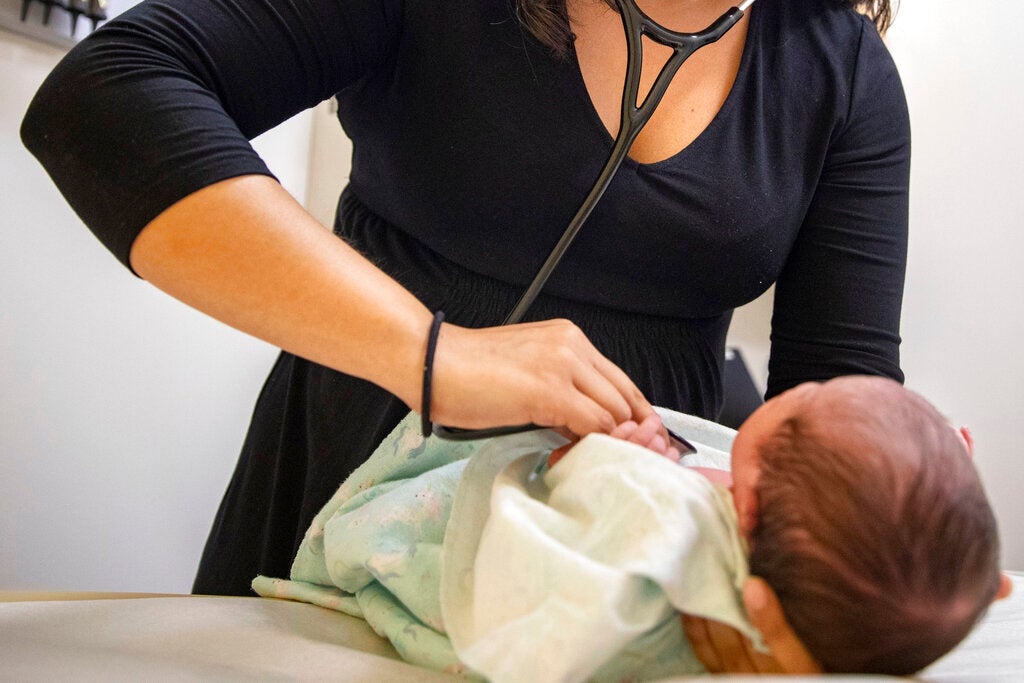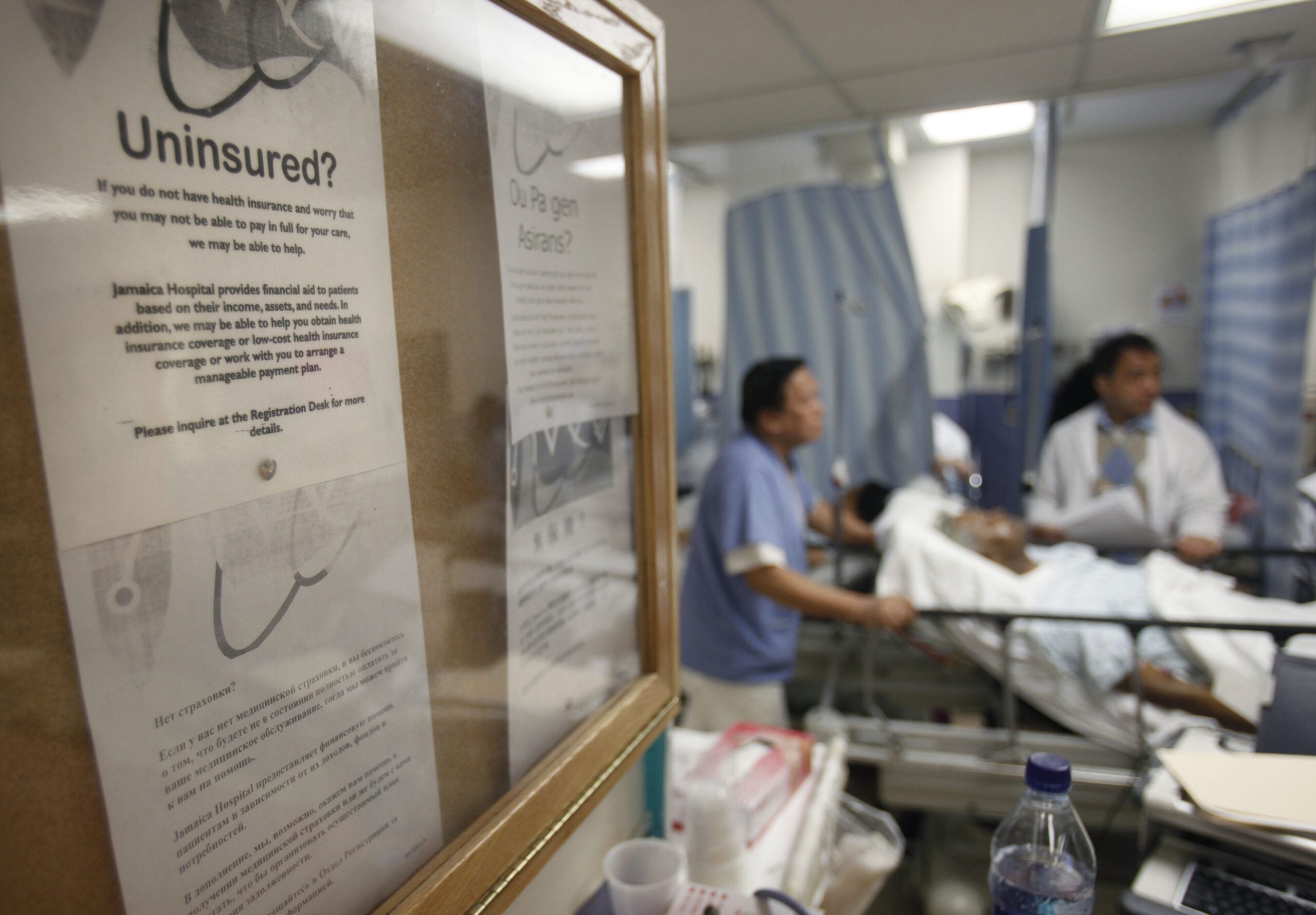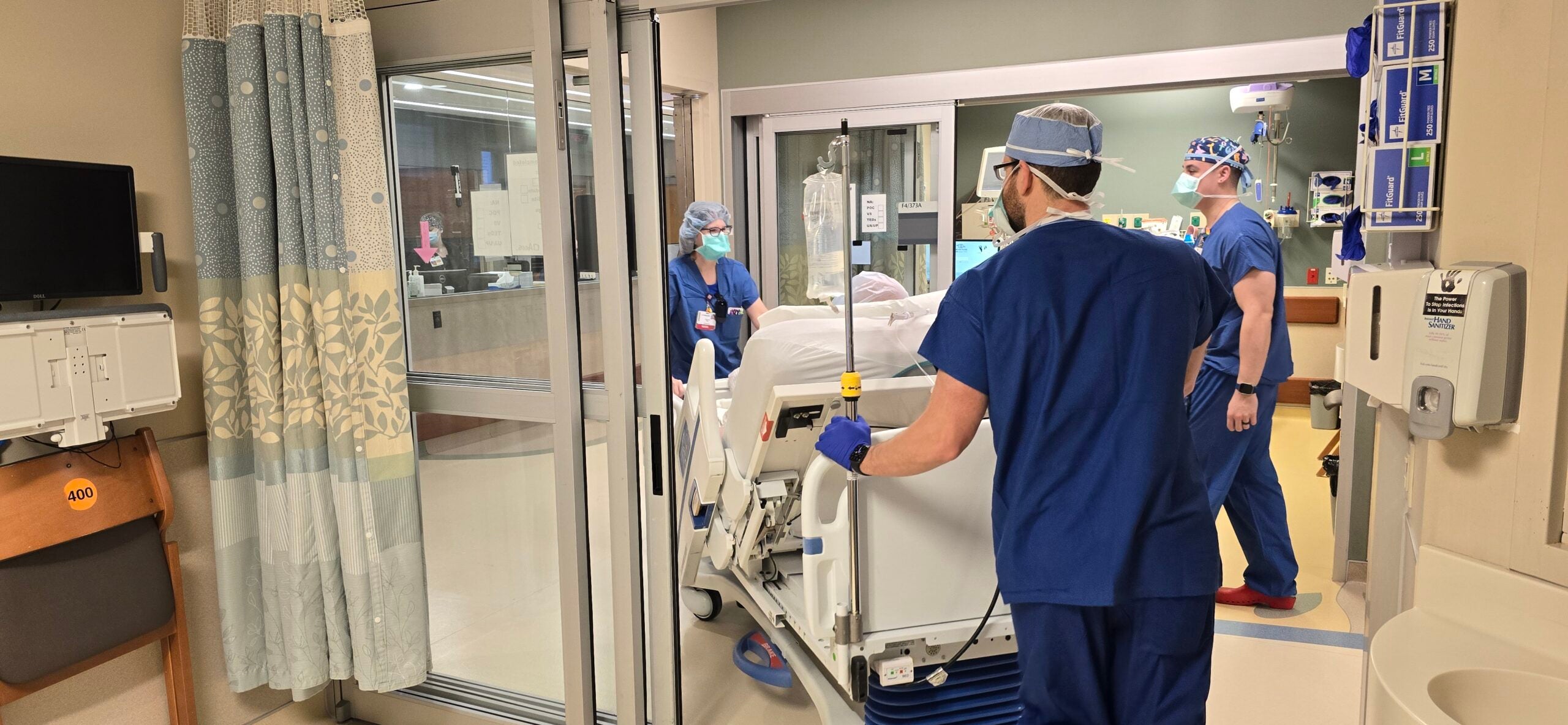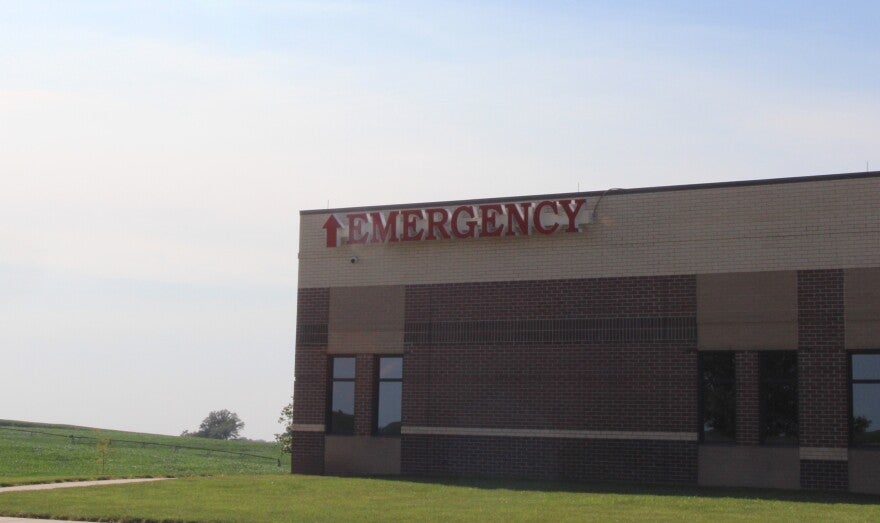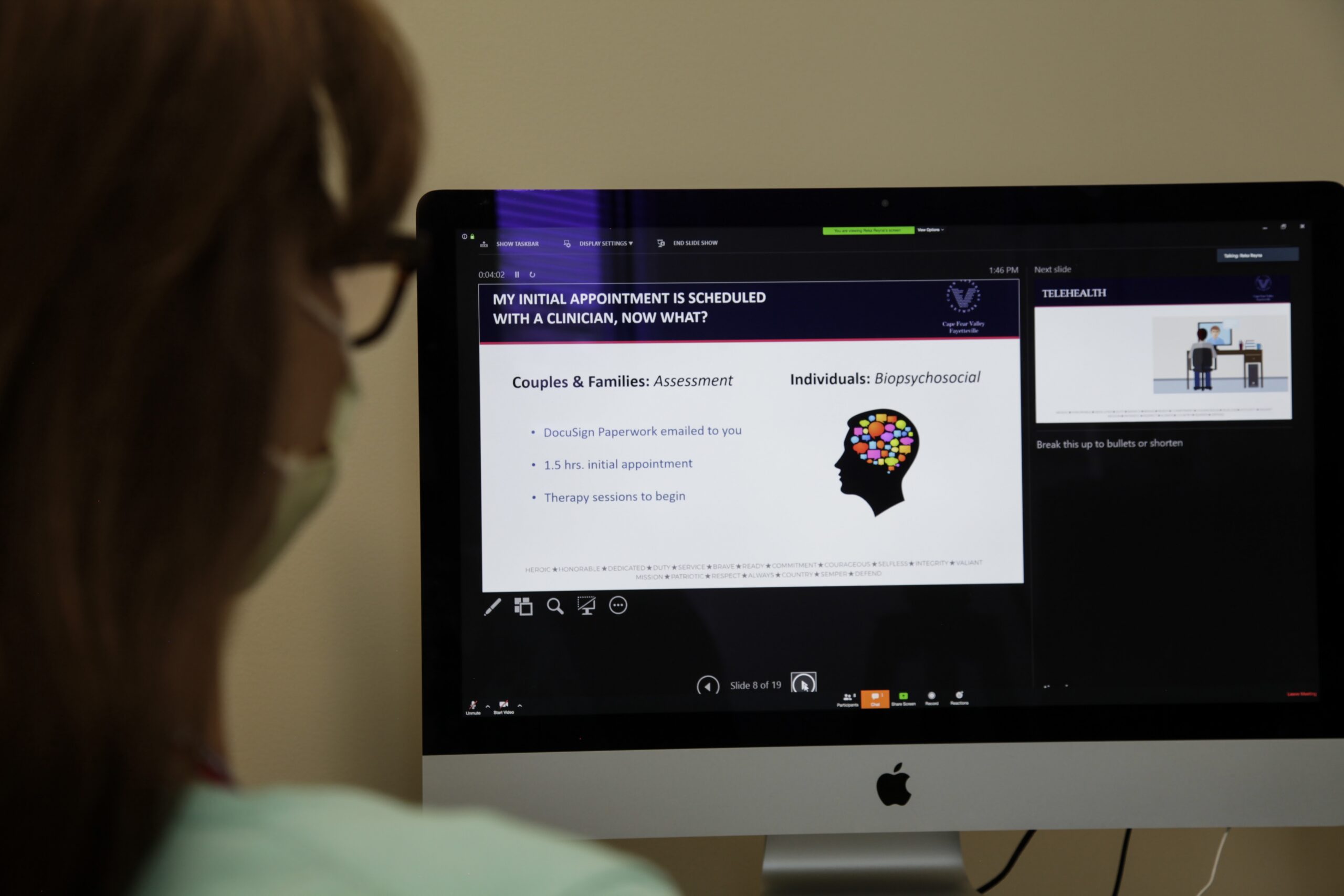The U.S. Department of Health and Human Services is awarding $11 million to 15 organizations, including the University of Wisconsin-Madison, to establish new medical residency programs in rural areas
The Department of Obstetrics and Gynecology will receive $750,000 in grant funding over the next three years to create the nation’s first rural residency track program focusing on rural women’s health.
“This is really going to help us expand the workforce in places where we really need it,” said Andrea Palm, deputy secretary of the U.S. Department of Health and Human Services.
News with a little more humanity
WPR’s “Wisconsin Today” newsletter keeps you connected to the state you love without feeling overwhelmed. No paywall. No agenda. No corporate filter.
Palm, the former secretary-designee for Wisconsin’s Department of Health Services, told WPR’s “Wisconsin Today” that these efforts will help expand the workforce in rural areas.
She said this funding comes at a time when the Biden administration is negotiating the cost of 10 drugs that are highly utilized by seniors, including Eliquis, Fiasp and Stelara.
The following has been edited for clarity and brevity.
Kate Archer Kent: In July, the Federal Trade Commission released a report that found pharmacy benefit managers inflating drug costs and “squeezing Main Street Pharmacies.” How is your agency working to address the rising cost of medicine?
Andrea Palm: The $35 insulin cap is already in place for Medicare enrollees. That’s saving Wisconsinites about $628 a year.
I also want to highlight out-of-pocket caps on prescription drugs through the Medicare program. It’s about $3,500 this year. Starting next January, it’ll go down to $2,000 a year. That’s already saved 234,000 Wisconsinites about $66 million. We’re really proud of the Biden-Harris administration for the progress we’re making in this space.
Anything we can do to tangibly reduce those costs so that they have that money in their pockets for other necessities, other expenses of life is a really important thing.
“Having extended these programs, moving them out to more parts of the country, including rural parts of this country, is really going to help us expand the workforce in places where we really need it.”
Andrea Palm
KAK: Will there be some drug price relief in the future coming to the millions of Americans who are not covered through Medicare?
AP: It is absolutely the goal and the desire of this president and this administration to extend those cost savings beyond the Medicare program. The law specifically gave us authority in the Medicare space. It’s 10 drugs in this first period of negotiation and we’ll add another 15 drugs in 2025 and we’ll continue to build from there. But I think we’ve got to walk and chew gum on Medicare and add and expand to reduce costs across the board to your point.
KAK: Looking at UW-Madison’s new rural medical residency program, what are your goals for physicians in rural areas?
AP: What we know about our experience in programs like this is that if people practice in communities, they’re more likely to stay there. Having extended these programs, moving them out to more parts of the country, including rural parts of this country, is really going to help us expand the workforce in places where we really need it.
People go to these communities, they fall in love, and then they never leave. And that’s really good for our ability to make sure that our rural residents have access to the health care that they need.
Programs like the one you’ve highlighted, and others that we have pushed out through the course of this administration, are really important investments in the long-term health of rural communities.
KAK: Earlier this year in Western Wisconsin, HSHS Sacred Heart Hospital and HSHS St. Joseph’s hospitals closed. Prevea Health also closed its network of clinics. It really left residents struggling to find health care providers. What could the federal government do about this issue?
AP: I certainly learned this firsthand in my time in Wisconsin that the margins in rural hospitals are small and any reduction in predictability and any change in the local economy alters the mix of people. All of those things matter to keep their doors open.
I think one of the important things we have done during this administration in partnership with Congress was the rural emergency hospital designation. It allows us through the Centers for Medicaid and Medicare to invest in rural emergency hospitals in a way that helps keep doors open. It’s an option that hospitals are starting to take up in rural communities to allow some amount of access without risking the same kind of hospital closures.
I think we are also interested in understanding how we think about other things that influence the cost of doing business. We have a budget proposal to help under-resourced hospitals with things like cybersecurity to try to take that pressure off of them so that they can do what they need to do to provide health care.
I think we’re interested in looking at all of our levels, but this emergency rural emergency hospital designation is just getting off the ground and I think is going to be an important tool in our toolbox.
Wisconsin Public Radio, © Copyright 2025, Board of Regents of the University of Wisconsin System and Wisconsin Educational Communications Board.

